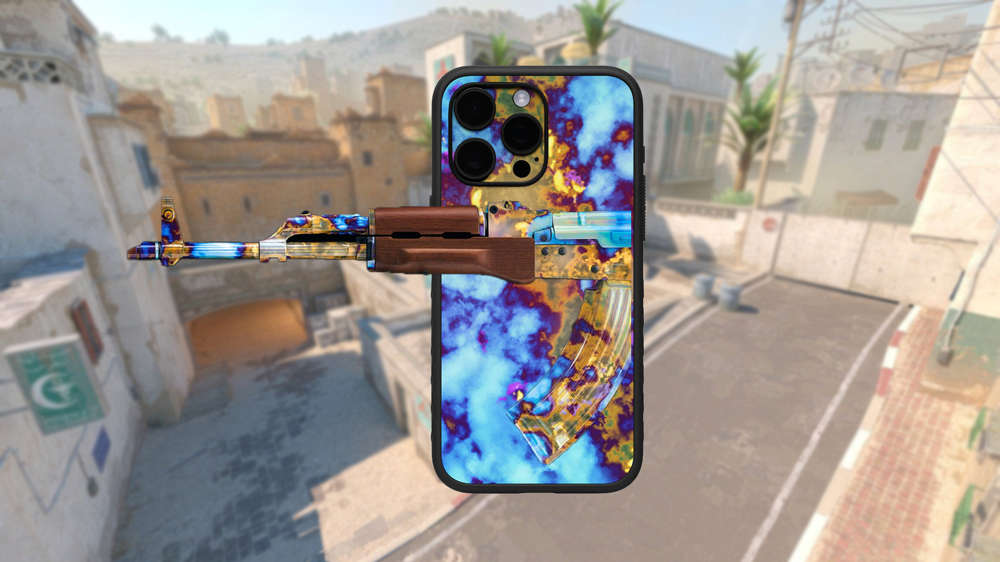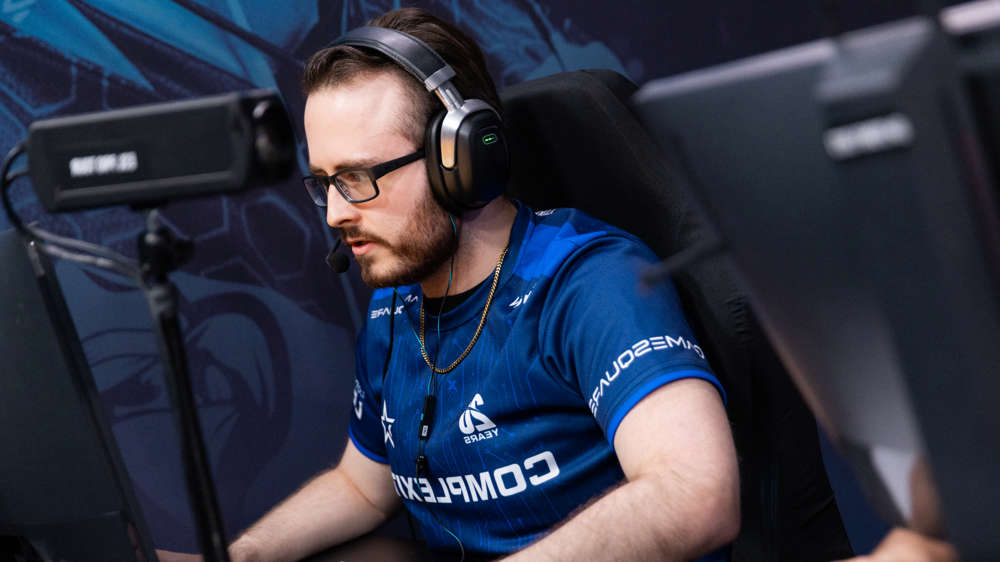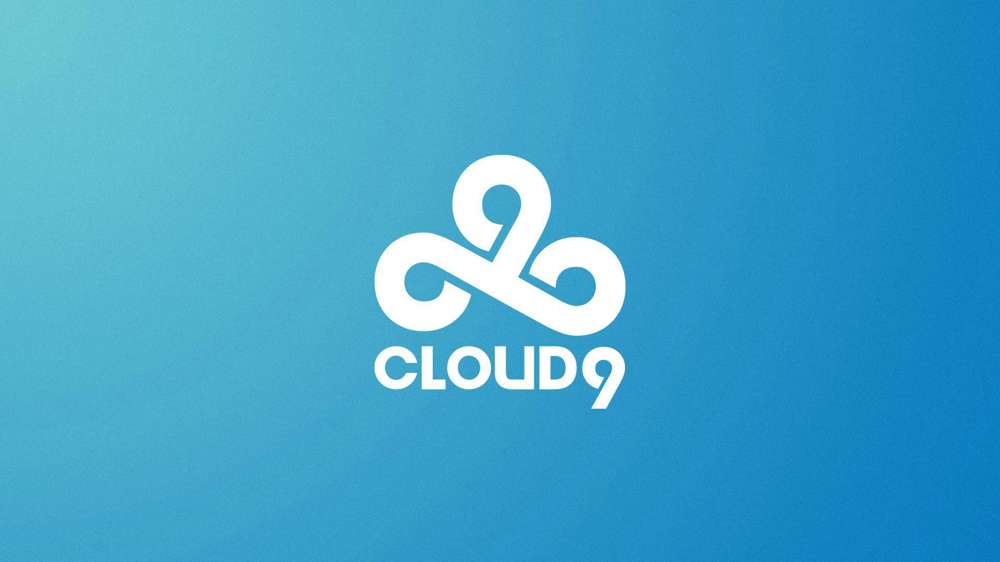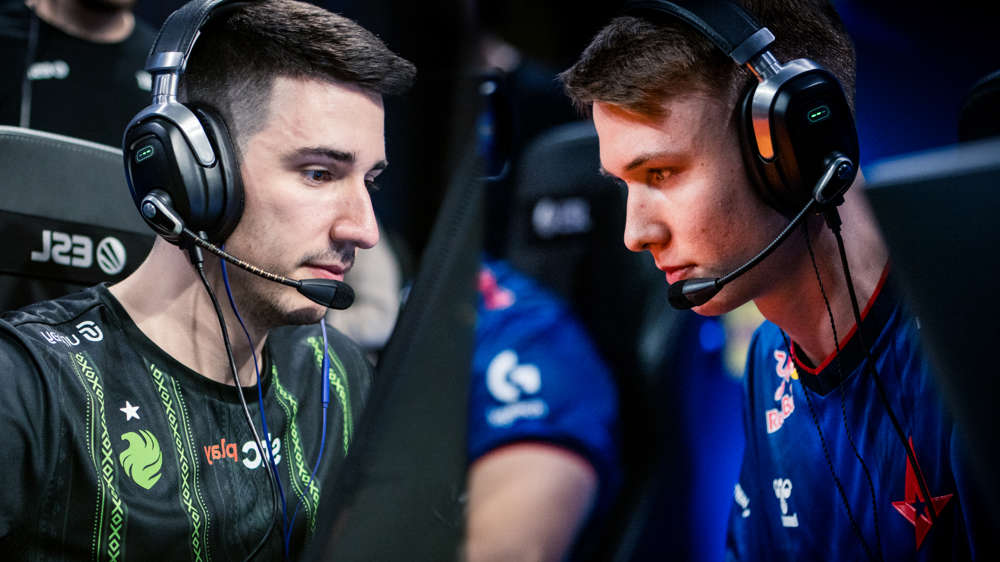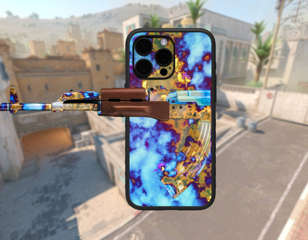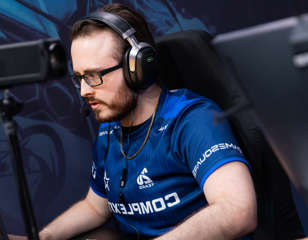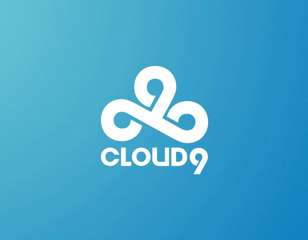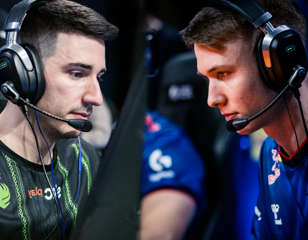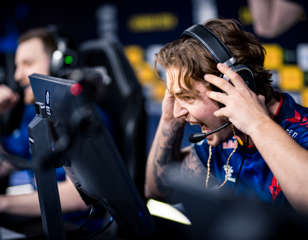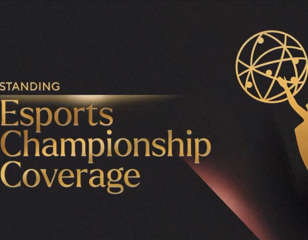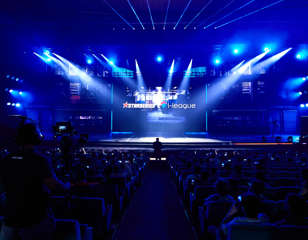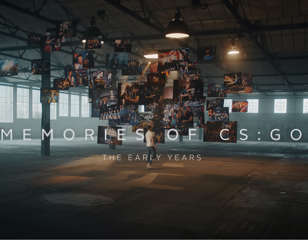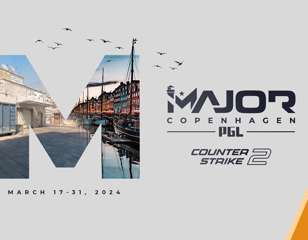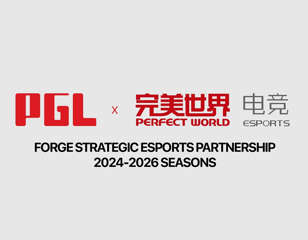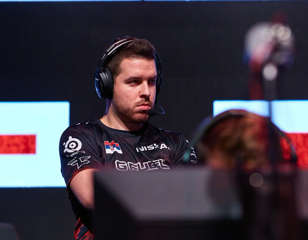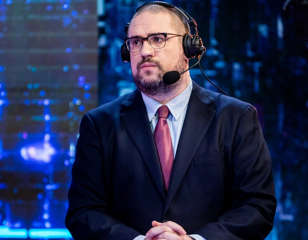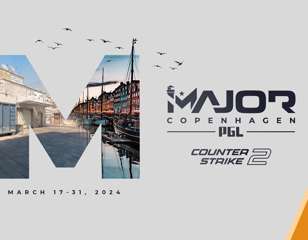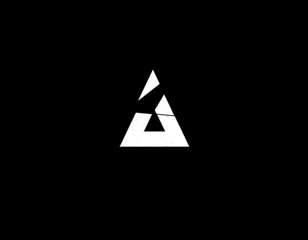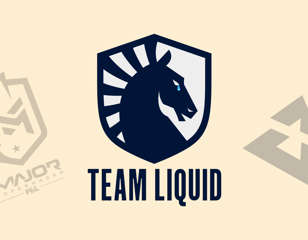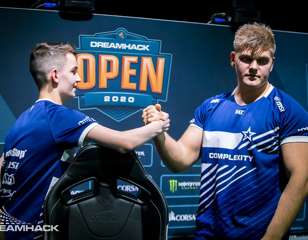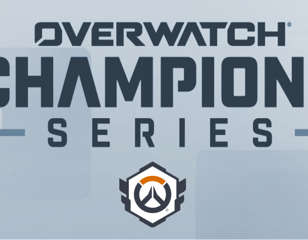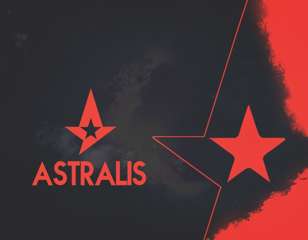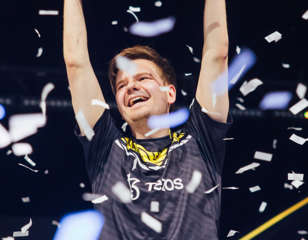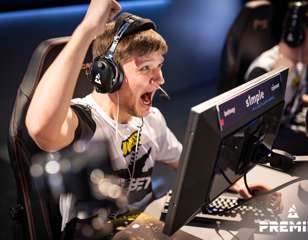Michal 'Carmac' Blicharz on the pleasure in creating tears of joy at IEM
GGRecon sat down with the ESL FACEIT Group Vice President of Product Development Michal "Carmac" Blicharz to discuss his IEM highlights after 100 stellar events.

Jack Marsh
02nd Jun 2024 21:00
Image via ESL FACEIT Group | Adela Sznajder
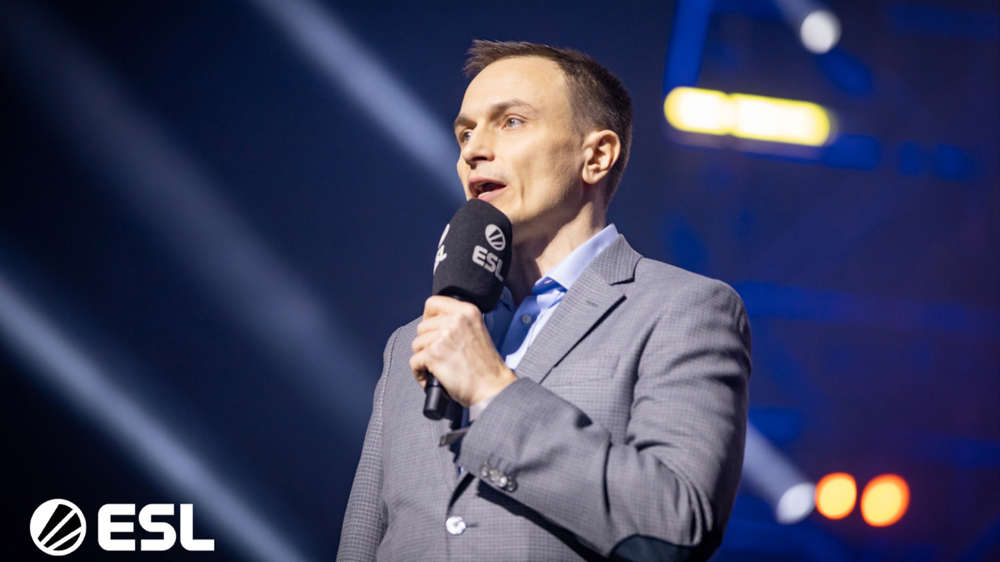
Dreamhack celebrates its 30th birthday this year, having been the epitome of gaming and esports since the first time the bring-your-own-console LAN debuted.
Hand-in-hand with these celebrations comes IEM Dallas, which has become the focal point of Dreamhack's festival in 2024, as it surpasses a huge milestone itself with its 100th event.
Both festivals are increasingly special, and with it, Dallas has been infected with a party spirit, dancing to the tunes of Counter-Strike's AWP blasts and the crowd's "USA" chants.
But what makes Intel Extreme Masters tick, and through 100 events, what is the high that continues to be chased?
GGRecon sat down with ESL FACEIT Group Vice President of Product Development Michal "Carmac" Blicharz to discuss the highs of IEM's 100 events, building a global reputation over flashy products, and IEM's place within the wider Counter-Strike ecosystem.

First off, IEM has an incredible legacy within Counter-Strike. What does the product as a whole mean to you?
So, I'm just a guy who never expected to travel. Yeah. I'm a guy from a small town in Poland, I never expected to travel the world. I never expected to do any of the stuff that I've done. So, Intel Extreme Masters has allowed me, and many, many other people to become someone else and to help build esports history.
The younger readers might not know, but IEM started with Warcraft 3 and Counter-Strike 1.6. It's done World of Warcraft, it's done Quake. It's done League of Legends. It's a major chunk of esports history with a lot of firsts.
IEM was the first international tournament to go to Singapore, the first international tournament to go to Brazil, and the first global tournament to go to Australia. Lots of records, lots of first arena events and things that. There wasn't just one spear of esports, but we were one of the tips of the spears that pushed esports forward.
Looking back at it, with a hundred events, we've only not visited Africa. We've visited every corner of the world otherwise, and that's incredible.
Personally, I got to do something amazing that I'm totally into and still in love with. And I got to be on a journey with incredible people. I got to meet people that I never thought I would - I see how you're wearing a Liverpool top, I've got Diogo Jota's phone number in my phone. This is what esports does and what IEM does.

If you can pick one, what is your favourite highlight from working with IEM?
I could list out statistics and milestones. I could point out that we had a peak viewership record of 10,000 and four years later, we had that many people physically watching here in the arena. I could list out the first time we had a million viewers concurrently, but that doesn't really matter that much to me.
What matters to me is the first time I saw players cry while competing in Intel Extreme Masters. That was the first time I really believed we were on the right track, and doing something very meaningful.
Do you remember that moment?
I remember it very vividly. 13 years ago in 2011. It wasn't even a Grand Final, it was a semi-final. It was a Polish team (Frag eXecutors) with Wiktor "TaZ" Wojtas and Filip "NEO" Kubski, who are coaches for G2 and FaZe respectively.
It was the time when you didn't win prize money, you didn't eat. They went into the grand final beating an absolute Swedish superteam (SK Gaming) with players like Christopher "GeT_RiGhT" Alesund and Patrik "f0rest" Lindberg. It was a very, very, very, very tough game and they broke down crying off-stage.
If you run tournaments and you see that people care enough to win where it's not all about money, it's more about that sense of achievement, that means the event is a frame of reference in their minds and in their hearts forever.
It's absolutely incredible to be able to be doing that for a living, to be able to give people the ability to mimic walking out at Anfield and start hearing the roar of the crowd for you. Very few people in the world get to experience this.
Now, Intel Extreme Masters Katowice, or Intel Extreme Masters Cologne or in Dallas, you walk out and there's a roar of a crowd, and you get to experience that. The best thing in the world is doing that, and the second best thing in the world is to help facilitate that happening.
I get the best, second-best seat in the world for esports.
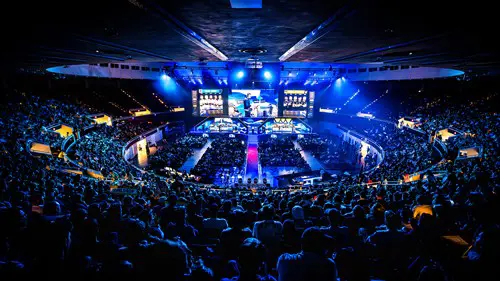
Now that you have been all over the globe with IEM, what works within each region, and Dallas specifically, in terms of crafting a product that appeals to those fans?
What we enjoy doing is tailoring content towards the local audience. Every audience in the world likes to see their own people compete.
But then different countries and different fan groups have their own personalities.
For example, Australians are extremely playful. You can joke around with them. They'll have a lot of fun with the event in a way that is very unique to them. The English, they to get rowdy. They're very, very football-y, in a good way. They're gonna start chants and they create a very loud atmosphere.
In Dallas, it's about home pride. With a tongue in cheek, we play into it, get behind them doing their "USA, USA," and then poke at them to get behind their own stars.
Given that you're celebrating the 100th IEM, aside from the players fulfilling their roles in creating their own personal storylines, how do you keep IEM fresh as a product and avoid fatigue?
Fundamentally, I believe that keeping it very fresh is a bonus and not a requirement. Because you go to Wimbledon and you don't expect it to be fresh next year, right? Wimbledon is about tradition. If you don't have tradition, then you have to keep it fresh. But if you do have tradition, all you need to do is tweak certain things and make little improvements.
Fundamentally, what we believe in is that the audience comes to us. Our role is to give the players a platform for expressing their talent.
For example, you can't make the FA Cup fresh, right? It's just a field with some grass and you've got 22 people kicking a ball around and it continues to be fascinating even after a century.
I'd say there are a lot of parallels between Wimbledon and the FA Cup with what we do and how we see it, which doesn't mean that we don't innovate that much. We do innovate all the time, but it's small tweaks. Anfield didn't used to have music played from loudspeakers or, there didn't used to be a spidercam flying above the pitch, right? So these are technological improvements that we use too.
But how do we keep it fresh? I suppose the answer is we employ all the technological improvements that make the core experience better and that core experience hasn't really changed for 20 years. If it's all built on reputation, that's a perfect model.
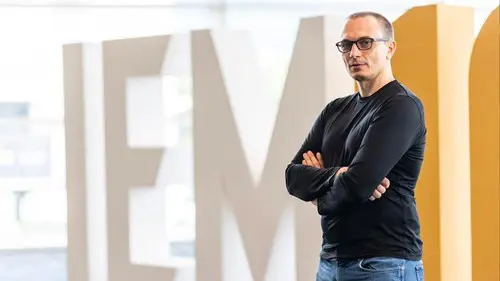
What constitutes a successful IEM event?
A single metric. The way to guarantee that it gets bigger next time.
The way to guarantee that it gets bigger next time is that if people went home with amazing memories. If it was 10 people who left with amazing memories, next time it's going to be 15 people.
Records are a reflection of the past, but the best predictor of the future is "Did people have a great time?". That's the best predictor of future success.
It's not about whether X number of people were watching on the stream. Because if you attracted them to watch it and the experience wasn't great, are they coming back? Not necessarily. But if you had half a million, and the experience was amazing, then it's a guarantee that next time it's going to be more.
For us, the metric of success is emotion.

With more products turning up, such as EFG's Esports World Cup, does that take away from the reputation of an IEM product? Because if you want an FA Cup-styled reputation for global Counter-Strike, if someone's coming along and bringing the Champions League with a bigger prize pool and players divert their priorities, does that take away from your products at IEM?
I think to a degree it's an apples and oranges comparison. Intel Extreme Masters is a single-game tournament. EWC is a multi-game tournament. So in a sense, they compete with each other, but in a sense, they don't.
A better comparison is looking at it like Olympics competing with the Premier League. There is a space for both and fans can enjoy both.
Does Wimbledon compete with the Australian Open in tennis? Yes and no. They complement each other and I think there is space for multiple tournaments in this space and they can all complement each other. Of course, there's always a degree of competition, but there always will be unless there's a monopoly.
Now that you do have the Esports World Cup, the IEM circuit, ESL Pro League, BLAST, and PGL, all working to get their foothold in Counter-Strike, what responsibility do you have as a production partner to make sure that the overall circuit isn't too much for the players?
I think ultimately it's for the players to decide, right? Let's say that you're in an all-you-can-eat buffet, it's up to you how much you're going to eat before it gets too much. So the players are in a very comfortable situation. They have a choice.
The obligation falls on us then to deliver a high-quality service with the best PCs, the best hotels, and the best experience, to make that choice easy.
Players are not obligated to attend every single event. It's up to them to manage the load that they take on. I would love to see the best players at Intel Extreme Masters events every time. At the same time, they make a choice based on the event's history, where we have absolutely no problems.
If players in every esport had this type of problem, esports in general, would be in a good space, because ultimately, it's up to the players to choose where they compete. They might think they have to, but they don't.
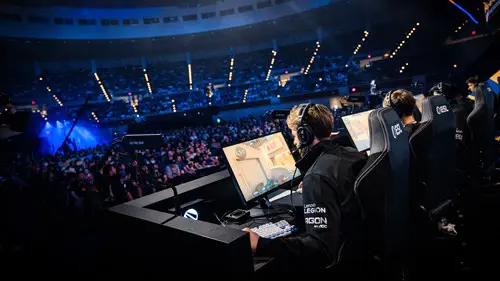
Finally, what do you expect the feedback to be like for IEM Dallas 2024?
I think overall the event is growing. When I say the event, I don't mean IEM Dallas, I mean Dreamhack Dallas overall. It's bigger year on year. There has been more content here than ever before. So it's definitely going in the right direction. There is a sense of progression.
I've been a part of most of the 100 IEM events. It's fun to go to Dallas every single time and it's fun to interact with audiences and other esports people every time. So I think we are on an expectedly upward trajectory here and the team is doing a really good job to make it so.
Dreamhack Dallas and IEM Dallas 2024 also meant a great deal to former Counter-Strike player Jordan "n0thing" Gilbert, who we also interviewed to get his perspective on LAN festival progression, NA Counter-Strike, and his future in esports.

About The Author
Jack Marsh
Jack is an Esports Journalist at GGRecon. Graduating from the University of Chester, with a BA Honours degree in Journalism, Jack is an avid esports enthusiast and specialises in Rocket League, Call of Duty, VALORANT, and trending gaming news.
